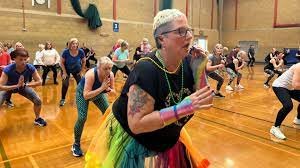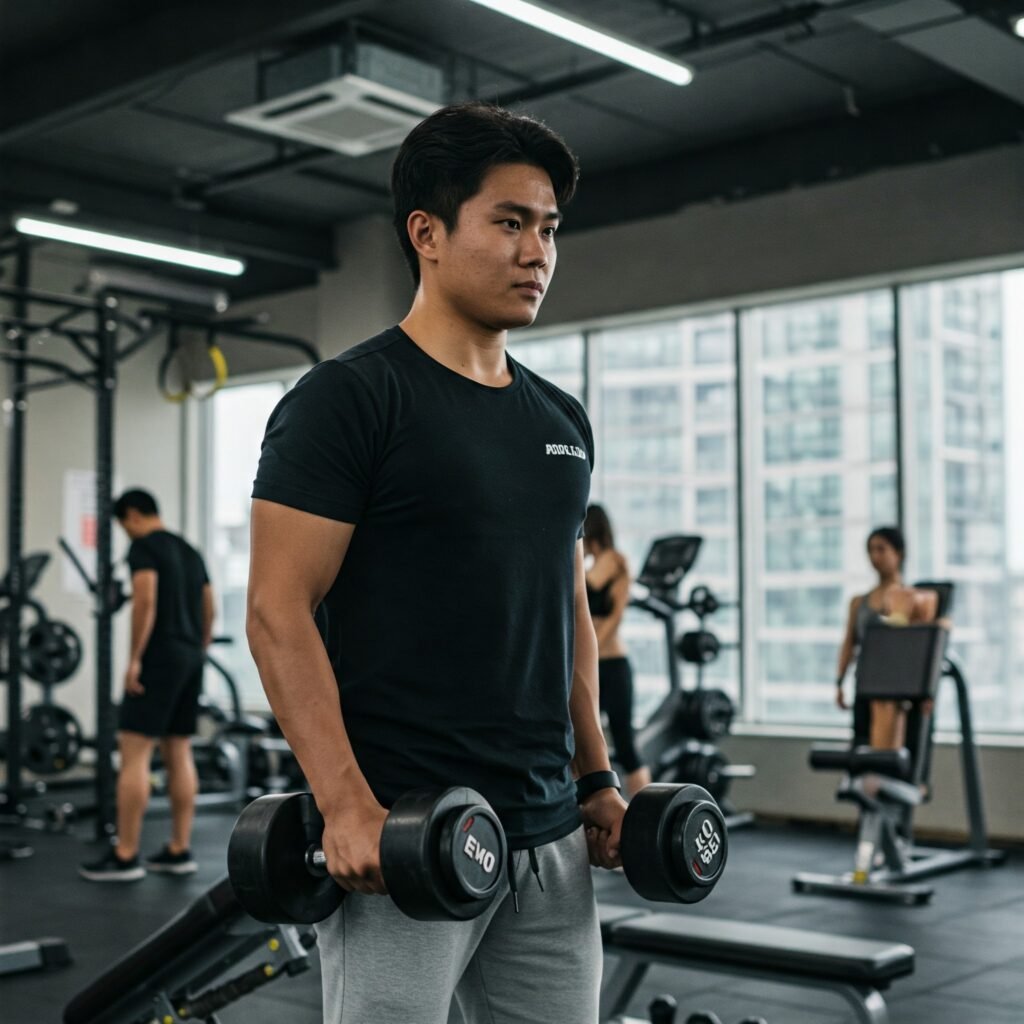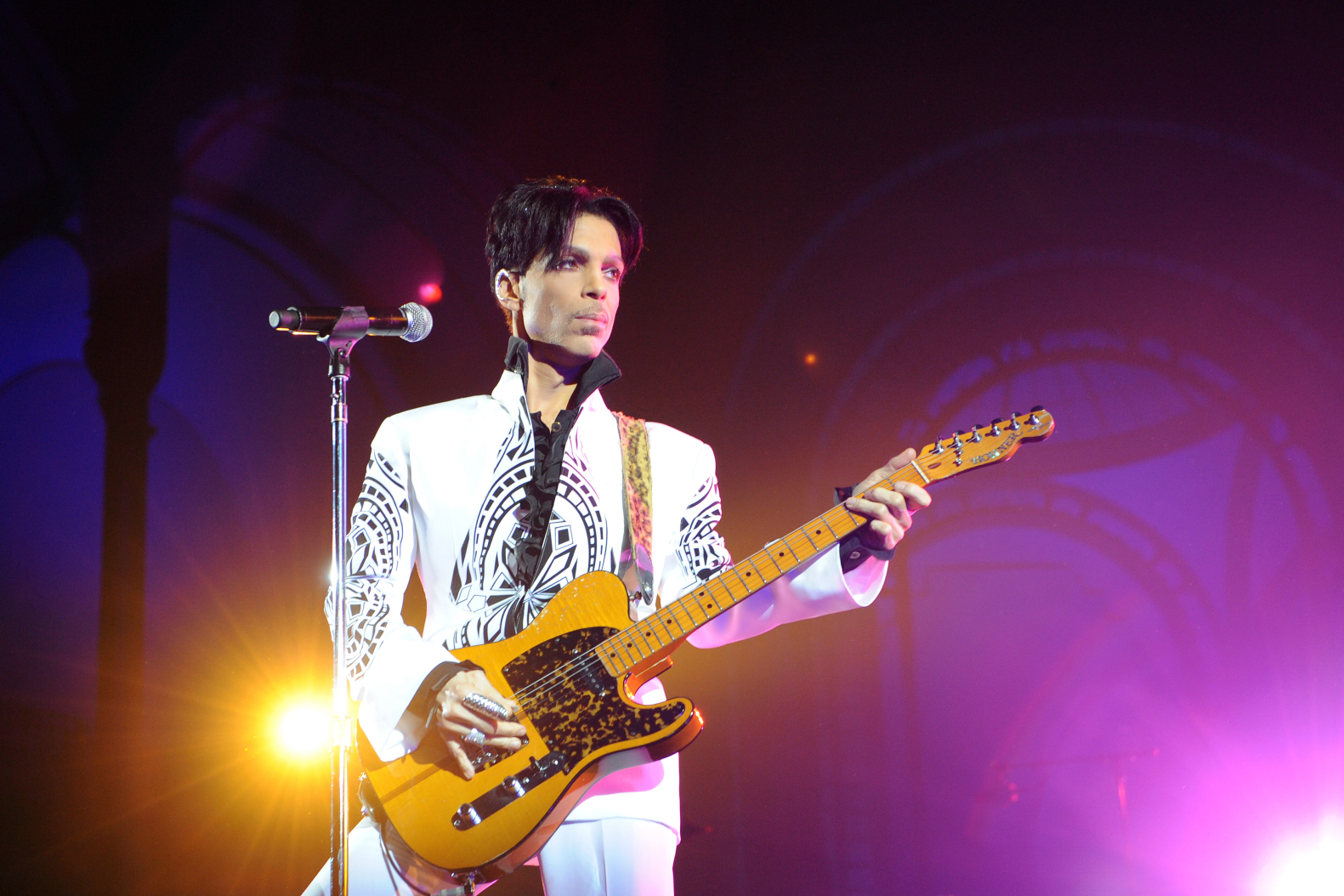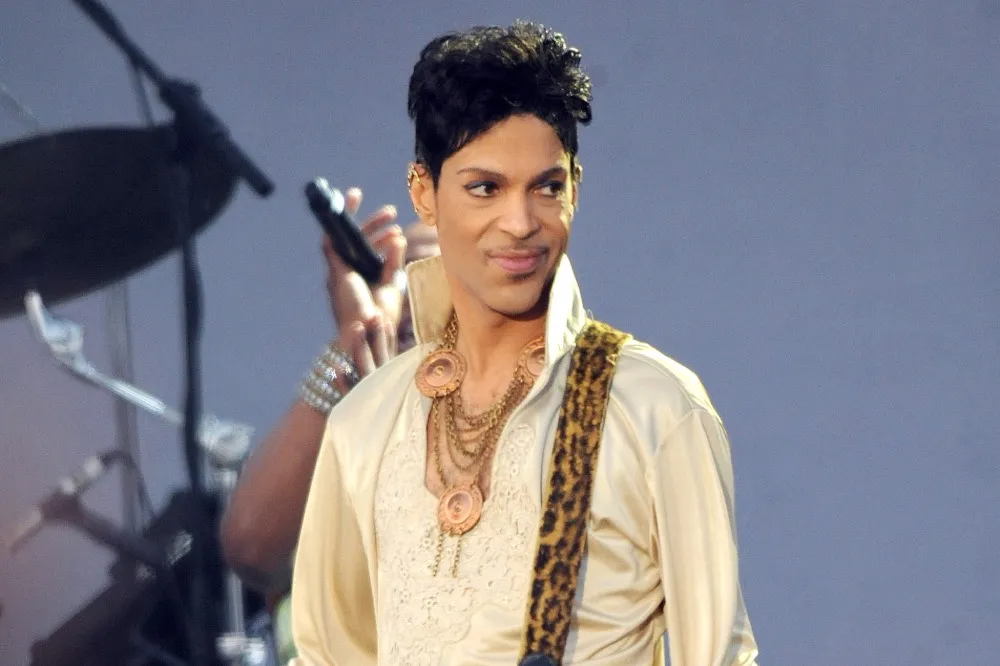As the years pass, adopting an exercise routine that promotes aging gracefully becomes paramount for individuals navigating different phases of life. In this comprehensive guide, we’ll emphasize the significance of incorporating aging gracefully exercise into your daily regimen. Join us as we explore practical tips and modifications tailored to common age-related concerns, ensuring a fulfilling and sustainable approach to staying active.
Aging Gracefully Exercise: The Key to a Fulfilling Life
Why Does Aging gracefully Matter
The phrase “aging gracefully” takes on a new dimension when it comes to physical fitness. Contrary to popular belief, aging doesn’t mean giving up on a vibrant and active lifestyle. In fact, adapting your fitness routine becomes paramount as your body undergoes various changes.
Changing Needs and Modifications
As we age, our bodies face limitations that may impact our ability to engage in high-intensity workouts. However, this shouldn’t deter us from maintaining a healthy lifestyle. Trainers emphasize the importance of modifications to address common issues such as arthritis, osteoporosis, and menopause.
Safety Precautions
Before diving into specific exercises, it’s crucial to prioritize safety. Consulting with healthcare professionals and understanding proper equipment usage are essential steps. Additionally, ensuring a proper warm-up and cooldown, staying hydrated, and having a cellphone handy during solo workouts are key safety precautions.
Benefits of Staying Active
Research has consistently shown that exercise offers numerous benefits for individuals of all ages. Notably, staying active as an older adult can protect against chronic conditions such as cardiovascular disease, stroke, diabetes, and certain forms of cancer. Balance-focused activities reduce the risk of falls, while weight-bearing exercises strengthen bones, mitigating the impact of osteoporosis.
Brain health also receives a significant boost from regular physical activity. Higher levels of physical activity may not only help prevent Alzheimer’s disease but also improve outcomes for those already diagnosed.
Embracing Fitness Needs as We Age: The Centers for Disease Control and Prevention recommend 150 minutes of moderate-intensity exercise weekly for all adults, regardless of age. As the birthdays accumulate, focus may shift from body sculpting and high-intensity cardio to lower-impact exercises promoting overall well-being and disease prevention.
Experts advocate for a balanced blend of strength, endurance, balance, and flexibility exercises. However, the key takeaway is that any amount of exercise, even as little as 15 to 30 minutes per day, surpasses the alternative of a sedentary lifestyle.
Also Read: Embrace Wellness with These 5 Superfoods for Health
Modifications for Age-Related Concerns
Menopause
Menopause introduces unique challenges to an individual’s exercise routine. Declining estrogen levels can result in symptoms like hot flashes, mood swings, vaginal dryness, and weight gain. However, exercise itself can boost estrogen levels.
A recommended strategy is incorporating 30 minutes of moderate cardio daily, starting with brisk walking and progressing to more intensive aerobic activities. Adding strength training with low weights and high repetitions helps maintain muscle tone, preventing slips, falls, and osteoporosis.
For those experiencing hormonal fluctuations, managing increased internal heat during workouts is crucial. Adjusting room temperature, keeping a cool, wet towel handy, and pausing for deep breathing during hot flashes are effective strategies.
Arthritis
Exercising with arthritis requires a tailored approach. Rule of thumb: engage in movements that don’t cause pain higher than a 5 out of 10. Household objects can provide support, such as squatting while holding onto the kitchen sink or doing small push-ups with hands on the counter.
Aquatic exercises offer a low-impact option, utilizing water resistance without loading the joints. Paying attention to post-exercise responses, such as pain or swelling, is crucial. If discomfort persists, adjustments in intensity or repetitions are recommended.
Osteoporosis
Approximately 10 million Americans have osteoporosis, a condition impacting bone density and fracture risk. Weight-bearing exercise is vital for osteoporosis treatment, with research emphasizing its role in building stronger bones.
Starting with simple body-weight-bearing exercises like modified push-ups, squats, yoga, and stair climbing is advised. For personalized guidance on safety and technique, consulting a trainer or physical therapist is beneficial.
Increased Fatigue
Energy levels tend to decline with age, impacting motivation for physical activity. Paradoxically, overcoming fatigue involves continuing to exercise. Gradual starts, strength training, low-impact classes like yoga or tai chi, and regular stretching are effective strategies to combat fatigue.
Limited Mobility
Limited mobility due to injury or chronic conditions shouldn’t discourage individuals from exercising. Support tools like a kitchen counter or sturdy chair, along with props like blocks or wedges during yoga, can facilitate workouts.
Consulting a physical therapist or personal trainer for personalized modifications is advisable. Focusing on positive self-talk and celebrating fitness achievements, regardless of limitations, helps foster a can-do mindset.
Also Read: Empower Your Immune System: Speedy Flu Recovery Tips Decoded
Pro Tips for an Effective Workout
- Go for variety to engage different muscle groups.
- Include flexibility and balance exercises in your routine.
- Maintain a positive mindset throughout your fitness journey.
- Give your best effort but avoid overexertion.
Conclusion
In conclusion, adopting a fitness routine that focuses on aging gracefully exercise is more than just a lifestyle choice; it’s a fundamental requirement for sustaining both physical and mental well-being. Despite the inevitable limitations that come with age, incorporating targeted modifications and proactive adjustments ensures that remaining active becomes an attainable and fulfilling aspect of your daily regimen. So, lace up your sneakers, welcome the journey with open arms, and witness how the benefits of aging gracefully through exercise can significantly elevate your overall quality of life.
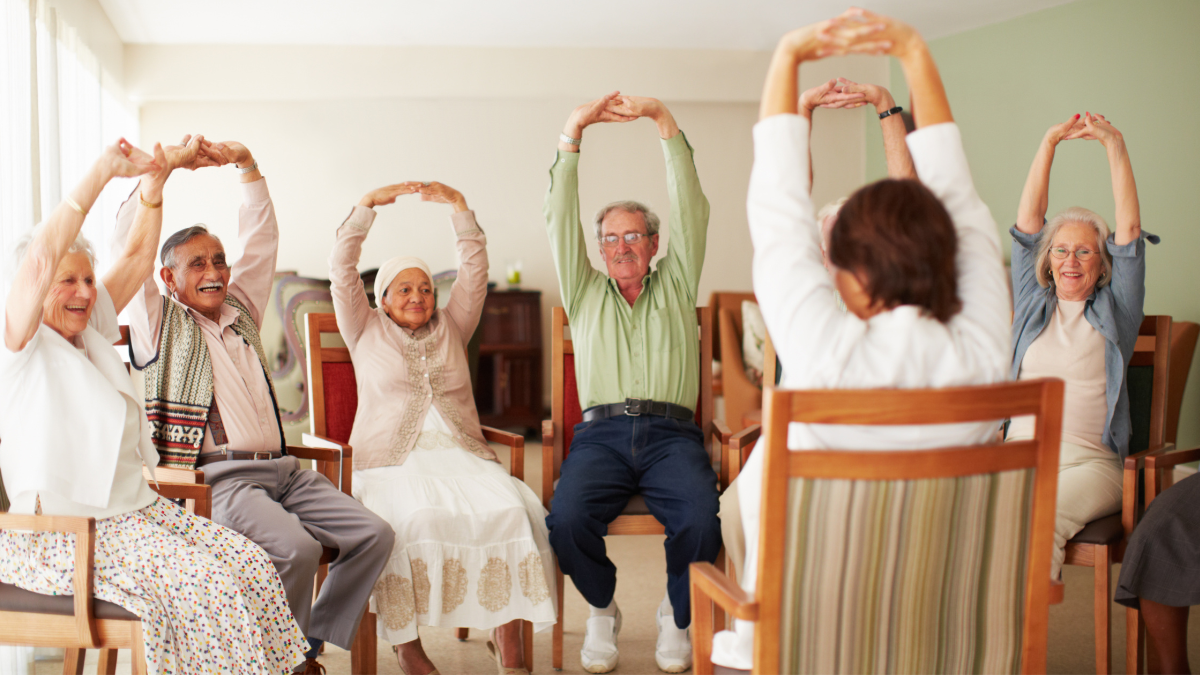

 Health4 years ago
Health4 years ago
 Health3 years ago
Health3 years ago
 Health3 years ago
Health3 years ago
 Fashion4 years ago
Fashion4 years ago
 Fashion4 years ago
Fashion4 years ago
 Fashion8 years ago
Fashion8 years ago
 Health4 years ago
Health4 years ago
 Health4 years ago
Health4 years ago
 Tech2 years ago
Tech2 years ago
 Health3 years ago
Health3 years ago
